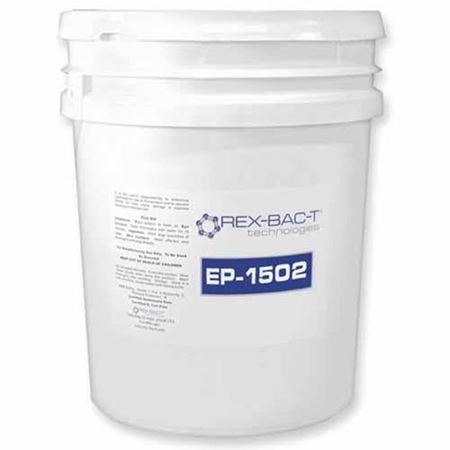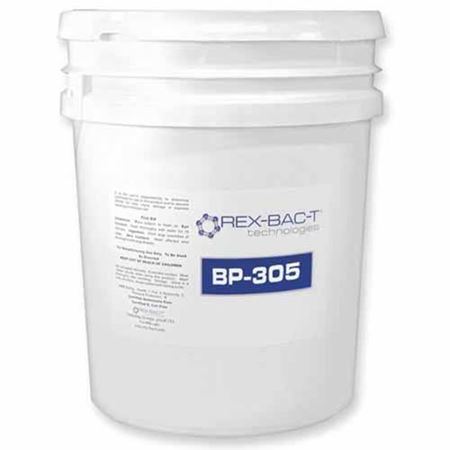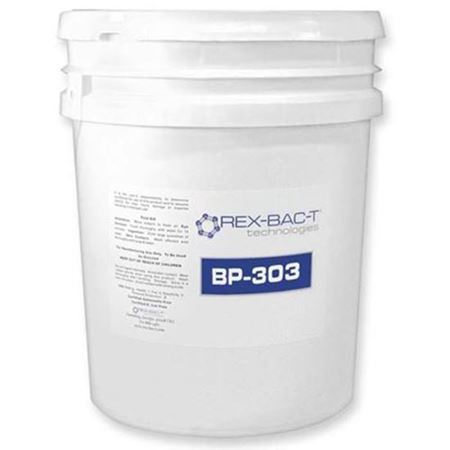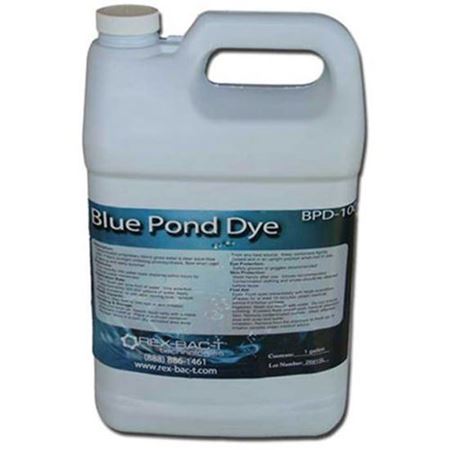
Pond Sludge Reduction & Pond Water Clarity | Pond Products
Pond sludge, sediment and muck settle to the bottom of ponds, lakes or lagoons. This accumulation of organic sludge can include a mixture of fish waste and decaying or dead plant debris. A thin layer of pond sludge can be expected but as the sludge layer builds over time it can reduce the oxygen levels and threaten the overall health of the aquatic system. A biological pond management program can significantly reduce pond scum, sludge build-up and promote a healthier ecosystem for fish, plants and other aquatic life.
Advanced Biological Pond and Lake Blends for Sludge Reduction
Water quality in ponds, lagoons, and water gardens can be compromised by excess nutrients such as nigrogen, potassium and phosphorus. Our dry bacterial blends are designed to remove organic sludge from closed and slow-flow water systems thereby improving the overall health of the aquatic environment.
What can I do to manage excess sludge in my pond or lake?
Providing the proper environment by introducing our all-natural bio-augmentation products can greatly reduce pond sludge, improve water clarity and change the biomass dynamics. Our approach uses a non-chemical and natural method to reduce the BOD, COD, and TSS. When introduced into your pond, lake, fish pond or water body the microbes ingest carbon, phosphorous, potassium and nitrogen at a greatly accelerated rate which reduces the nutrients limiting bottom sludge.
When should I start a sludge management program in my pond, lake or lagoon?
Colder Climates: It is important to try and start the treatment process in the early spring just before the water body undergoes its "turnover" process. This "turnover" releases excess organics into the water body. By starting the treatment process before the "turnover" we can establish a high concentration of microbes throughout the water body. Water temperatures should be above 50 degrees F for optimal conditions.
Warmer Climates: Ponds and lake treatments can continue year round. It is best to dose on a routine basis throughout the year.
Benefits of microbes in ponds, lakes, fish ponds and other closed water bodies.
Beneficial bacteria or microbes provide a very important function in your ponds, lakes or other closed water bodies. Good bacteria digest or "eat" the excess nutrients in the pond. Additional benefits of our advanced biological pond formulations include:
- Sludge reduction in ponds and lakes
- Improves water clarity in water bodies
- Reduces pond odors
- Eliminates excess nutrients
- Breaks down fish waste
How much beneficial bacteria do I need to add to my ponds?
Product dosing information for each product is included on our product information sheet or product labeling. General dosing requirements are noted below:
Typical dosing rates (refer to product documentation for more information):
SHOCK DOSE: Apply at a rate of 6-8 lbs. per acre-foot x 5 doses over a two week period. Apply evenly over affected area by dispersing in several areas of the pond, lagoon, etc. MAINTENANCE DOSE: Apply at a rate of 4 lbs. per acre-foot 1-2 times per week dispersing across the surface area of the pond. PREVENTATIVE DOSAGE: Apply at a rate of 2 lbs. per acre-foot, beginning in the spring throughout the warm months. In warmer climates you can treat ponds and lagoons year round.
If fertilizer is applied to surrounding areas, double the dosage rate for 2 weeks.
Notes: For colder climates Lagoon and Pond treatment program should begin when the water temperature is above 50 Degrees Fahrenheit. In ponds with heavy weed concentration we recommend (if possible) you rake out as many of these dead weeds as you can. By doing this initially to your pond it will increase your ponds recovery time going forward.









